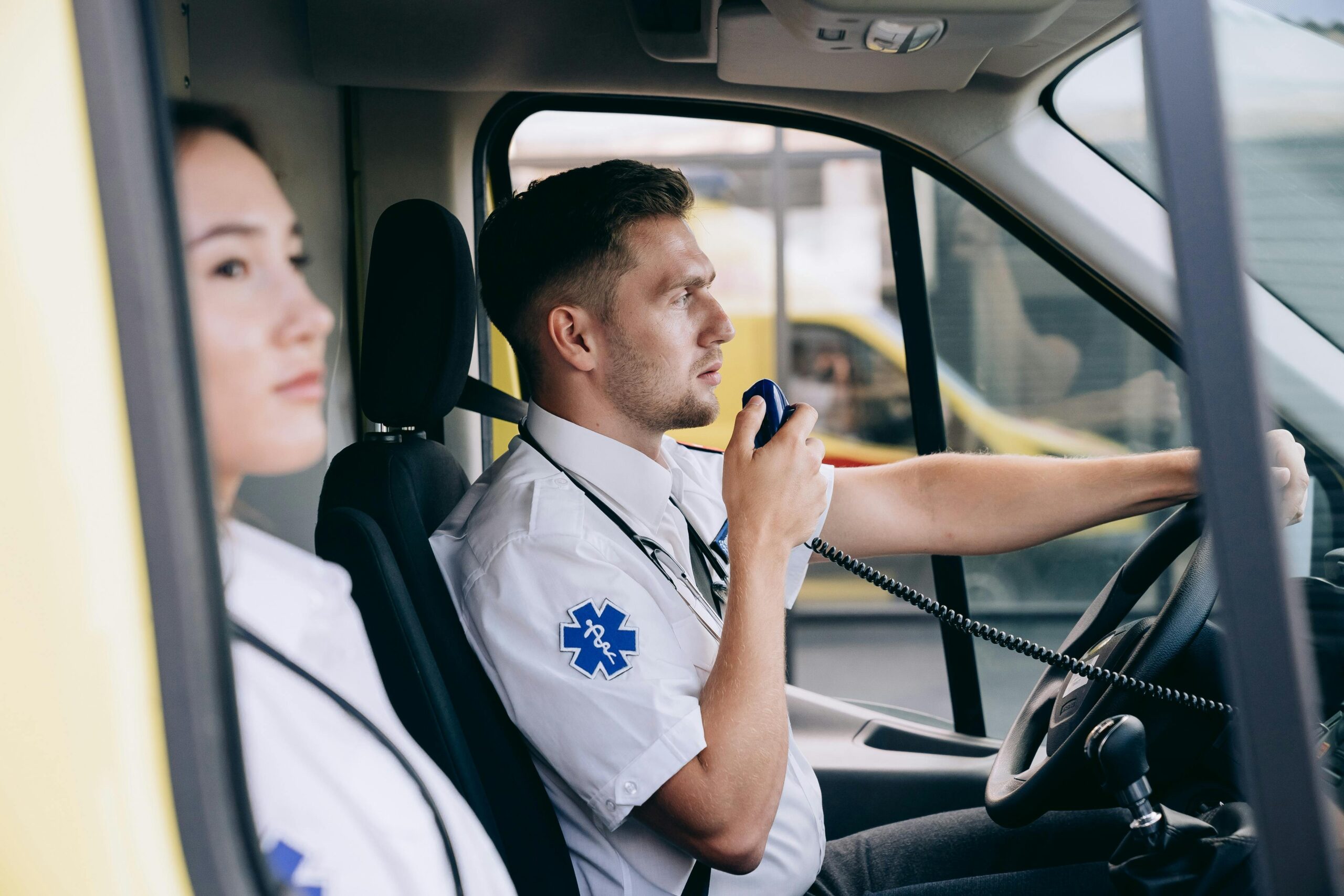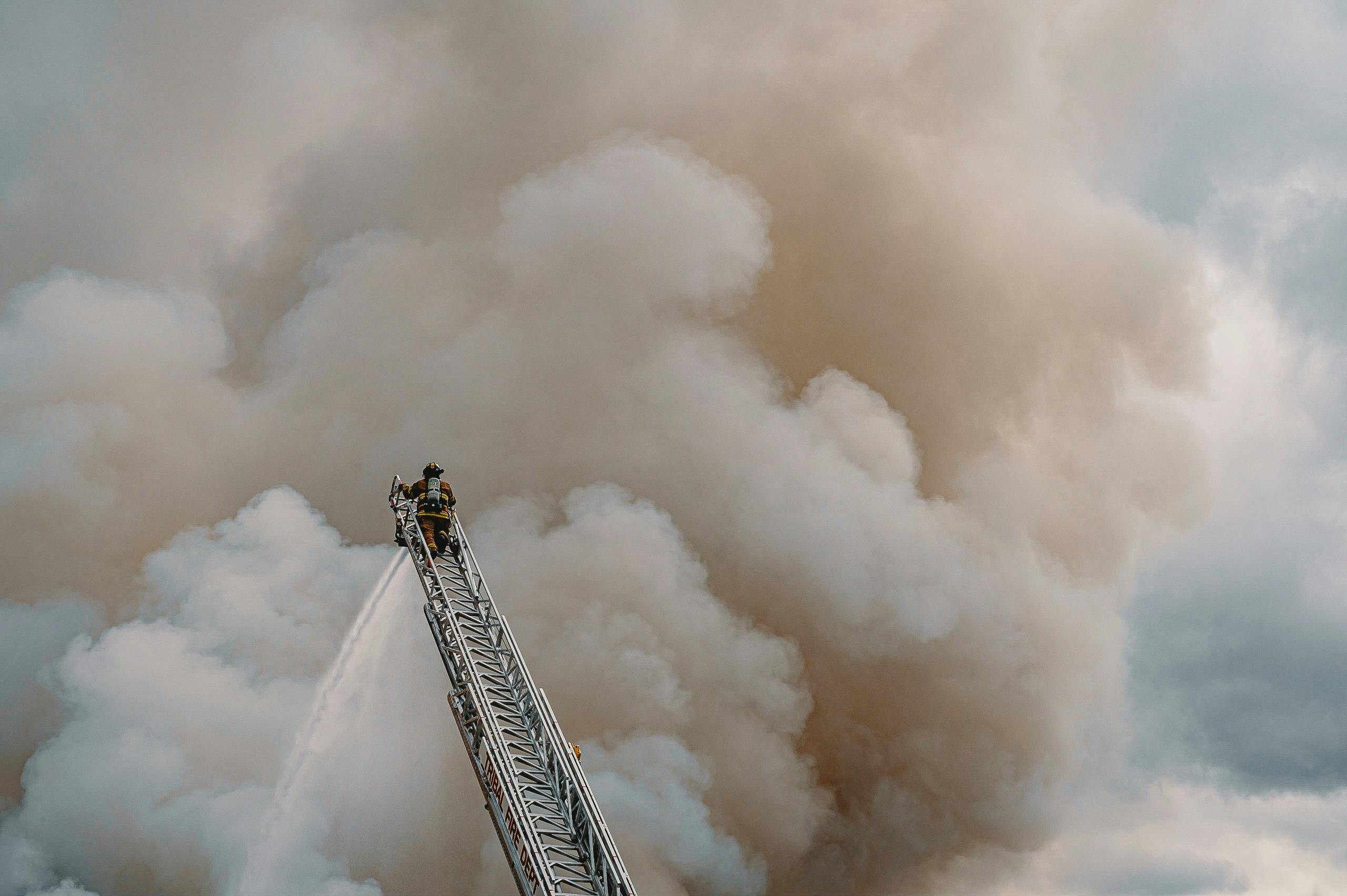Ever wondered what you’d do if you were caught in a dangerous situation abroad? Imagine this: You’re traveling for business or leisure, and suddenly, everything goes south. Now imagine knowing there’s a team ready to swoop in and get you out safely. That’s the power of emergency evacuation services, especially when tied into kidnap and ransom insurance.
In this article, we’ll dive deep into why these services matter, how they work, and what makes them your ultimate safety net in high-risk situations (especially if you’ve got kidnap and ransom insurance). Buckle up—you’ll learn:
- What emergency evacuation services really are.
- The steps involved in leveraging them effectively.
- Tips to ensure you’re prepared before disaster strikes.
Table of Contents
- Key Takeaways
- Understanding Emergency Evacuation Services & How They Tie Into Insurance
- How Emergency Evacuation Services Actually Work
- Tips for Maximizing Your Coverage
- Real-Life Examples Where Emergency Evacuations Saved Lives
- FAQs About Kidnap, Ransom Insurance, and Evacuation Plans
Key Takeaways
- Emergency evacuation services provide critical support during crises like kidnappings or natural disasters.
- Kidnap and ransom insurance often includes access to these services—understanding their nuances is key.
- Preparation matters: Know who to contact and how long response times typically take.
Understanding Emergency Evacuation Services & How They Tie Into Insurance

Let me tell you about the time I booked a solo trip without checking my travel insurance—it felt smoother than peanut butter on toast until things went awry. Turns out, not understanding what “coverage” meant almost left me stranded during a medical emergency overseas.
Emergency evacuation services are teams trained to extract individuals from unsafe environments quickly. These services shine particularly bright in scenarios where kidnapping or ransom attempts occur because every second counts. When bundled with kidnap and ransom insurance, these services become part of your contingency plan, providing peace of mind as much as action.
Optimist You: “With kidnap and ransom insurance, I don’t have to worry!”
Grumpy You: “Ugh, fine—but only if you actually read the fine print.”
Rant Alert:
I cannot stand hearing people say, “Oh, it won’t happen to me.” Newsflash: Risk doesn’t care about optimism. It just exists. Do yourself a favor—get educated.
How Emergency Evacuation Services Actually Work
So let’s break down exactly how emergency evacuation services operate within the scope of kidnap and ransom insurance:
- Contacting the Provider: The moment an incident occurs, notify your insurer immediately. Think of it like calling Mom after stubbing your toe—it’s comforting, but also necessary!
- Assessment Phase: A specialist reviews the details of your location, risk level, and available resources. Picture Mission Control at NASA—only less rocket science, more tactical rescue planning.
- Execution: Once approved, ground support mobilizes. This could mean deploying extraction teams, arranging transport, or coordinating with local authorities.
- Follow-Up Care: After extraction, expect post-incident counseling or relocation assistance depending on your policy.
Tips for Maximizing Your Coverage

To make sure you’re fully covered under kidnap and ransom insurance (and its associated evacuation perks), here’s what you need to know:
- Know Your Policy Inside Out: Don’t skip over clauses assuming they’ll never apply. One client of mine thought “war zones” were excluded; guess what—they weren’t properly defined in his contract.
- Keep Contact Info Handy: Save your provider’s hotline somewhere secure yet accessible, like a laminated card in your wallet.
- Train Family Members: Ensure loved ones understand the process too—they might be the ones making calls while you’re… indisposed.
Bonus Fail:
Once upon a time, my buddy tried using his roadside assistance number instead of his evacuation hotline during a hostage simulation exercise. Safe to say, AAA wasn’t equipped to negotiate hostage releases. Lesson learned.
Real-Life Examples Where Emergency Evacuations Saved Lives

Remember that case study involving Sarah J.? She was kidnapped while hiking in Central America and had her employer-funded kidnap and ransom coverage kick in, triggering an elite evacuation squad. Thanks to rapid deployment, she returned home safely within days.
Another hero story involves John K., who activated his emergency evacuation clause after political unrest erupted near his corporate assignment. His evacuation team secured safe passage out of the country overnight. Whirrrr sounds like coffee brewing as he recounted his ordeal later!
FAQs About Kidnap, Ransoms, and Evacuation Plans
Q: Is Kidnap and Ransom Insurance Worth It?
Absolutely! If you travel frequently to high-risk areas or hold positions prone to targeting, this type of coverage is chef’s kiss.
Q: What Isn’t Covered by Most Policies?
Acts of terrorism, pre-existing medical conditions, or self-inflicted harm usually fall outside standard coverage ranges.
Q: Can I Request Specific Providers?
Sometimes yes, but always confirm ahead of time since partnered providers may vary by region.
Conclusion
From understanding emergency evacuation services to appreciating the layers of kidnap and ransom insurance, preparation remains king. Like a Tamagotchi, your personal finance strategies—and specifically, your protective measures around credit cards and insurance—require daily care.
HAIKU TIME:
Danger looms nearby,
But plans bring calm to chaos;
Stay safe, stay insured.


